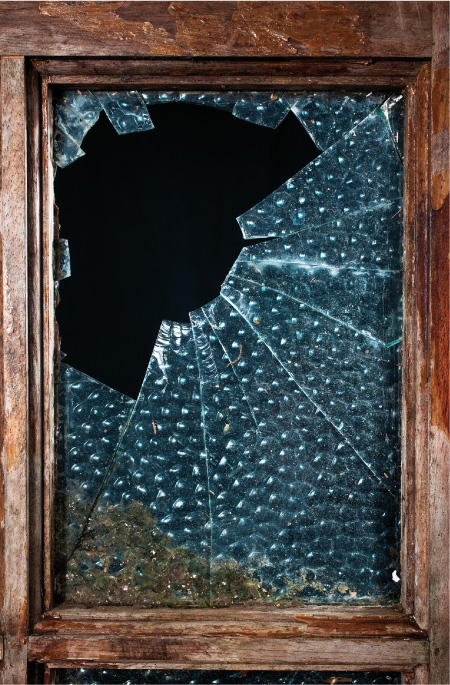2.5 Hearsay
Experts can use wider sources of information to draw their conclusions than standard evidence. This means that they can often draw on material that would normally be treated as inadmissible hearsay to support the inferences they draw. For example, in the case of R v Abadom,Footnote 12 the accused was charged with a robbery during which it was alleged he had broken a window. Fragments of glass were found on a pair of shoes taken from his home, and an expert was called to give evidence that the glass taken from the window and that from the defendant’s shoes had the same refractive index (a measure of how light rays are deflected by glass, and which provides a characteristic ‘fingerprint’ for different types of glass). The expert referred to Home Office Central Research Establishment statistics revealing that the particular refractive index occurred in only 4 per cent of glass specimens examined by them. He therefore concluded that there was a very strong likelihood the glass on the shoes had come from the broken window.
The defendant appealed against his conviction on the basis that the refractive index evidence was inadmissible hearsay. The Court of Appeal held that the expert had been entitled to use such material in forming his opinion, just as he was entitled to use other work in the field, including unpublished work. It was to be used by the court to weigh the cogency and probative value of the opinion rather than as evidence in itself and, therefore, did not infringe the rule against hearsay.
Footnotes
- 12 R v Abadom [1983] 1 WLR 126.Back to main text


